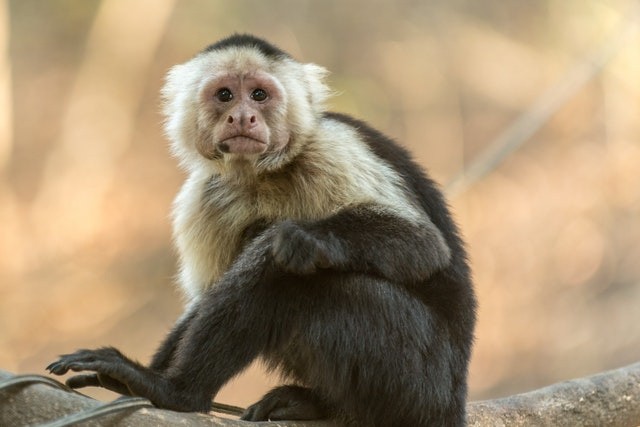A mystery monkey wandered around St. Petersburg and Tampa, Florida, for four years, bewildering dwellers and frustrating the attempt of the Florida Fish and Wildlife Conservation Commission to capture the rogue primate.
The monkey (a rhesus macaque), which was a native to Asia was finally apprehended after a three-hour inspection in 2012. The tale of the mystery monkey in Florida seemingly came to an end, not until another rhesus macaque touring Tampa was discovered in 2016.

Rhesus Monkeys
In Florida, free-roaming rhesus monkeys have been a problem since the 1930s when a glass-bottom boat operation's manager allegedly set free six monkeys to entice tourists. These monkeys destroyed mangroves, thereby leading to shoreline erosion and vegetation loss. These rhesus monkeys are an invasive species, and they cause harm to habitats.
A new study shows how unwanted animals like the rhesus monkey continue to journey the world through the global pet trade, thereby jeopardizing ecosystems in the course. The researchers suggest that the problem goes beyond monkeys which are stereotypical imported animals turned pets.
To know the importance of this issue, the group turned to an improbable pet wandering the world - "The Ant". The finding advocates that the global pet industry is an important contributor to the control of unwanted species across Earth. On Monday, this research was released in the journal.
The Pet Trade
Jérôme Gippet, a researcher and co-author at the University of Lausanne in Switzerland, reports contrary that the pet trade does not only create opportunities for biological invasions, it particularly favors animals that are invasive.
Generally, the work of his team suggests that invasive species are disproportionately represented in trade across animals, including birds, mammals, reptiles, fish, and amphibians.
How the Researchers Did It
The researchers compiled a list of pets that are commonly traded by making use of data from scientific literature and existing databases. They were able to determine which animals are non-native species from the global pet trade by drawing from the "Global Register of Introduced and Invasive species."
They discovered that 12.6 percent of animals in the International pet market were invasive species out of a dataset of 7,522 vertebrate animals in the global pet trade.

Invasive Species Are Often Recognized
On average, the researchers also discovered that invasive species were 7.4 times more often observed in the global pet trade than they were observed in their natural environments.
These invasive animals were mostly represented in the trade of fish and amphibians, but the researchers discovered high degrees of non-native species across all the major types of vertebrates.
Nevertheless, the researchers had two questions burning in their minds:
Did animals become more common in the pet trade as they developed more invasively in real life? Or did being non-native species assist these animals excel on the global pet trade market?
Researchers looked for a better way to settle their "chicken-or-egg" doubt by observing an unexpected competitor in the international pet trade: "The Ants."
RELATED ARTICLE : The Trade for Exotic Pets in Australia
For more news update about pet trades and similar topics don't forget to follow Nature World News!
© 2025 NatureWorldNews.com All rights reserved. Do not reproduce without permission.





